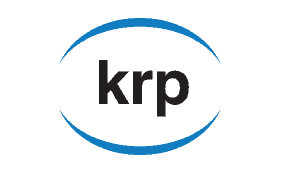Queen’s Park offers tax relief to businesses amid Canada-U.S. trade war

With U.S. tariffs in effect across key industries such as steel and aluminum, and more about to apply across Canada’s auto sector, the Ontario government this week announced approximately $11 billion in new tax relief measures for businesses.
Businesses now have the option to defer payments between April 1st, 2025 and October 1st, 2025 on a series of provincial tax programs including the: Employer Health Tax, Insurance Premium Tax, Gasoline Tax, Fuel Tax, Mining Tax, Tobacco Tax, International Fuel Tax Agreement, Beer, Wine & Spirits Tax, the Retail Sales Tax on Insurance Contracts and Benefit Plans and the Race Tracks Tax. All deferred taxes must be paid by October 1st, 2025.
The government also announced another $2 billion in rebates for safe employers through the Workplace Safety and Insurance Board. This is in addition to the $2 billion WSIB rebate distributed in March, 2025.
The economic chaos generated by the Trump administration’s global tariffs has shaken business leaders’ confidence, sent stock markets spiralling and is already sparking plant shutdowns in the Canadian auto industry. While this country was spared from the reciprocal tariffs the U.S. imposed on virtually every country with which it maintains trading relationships, the economic shockwaves—fuelled by widespread uncertainty—are nonetheless being felt in Canada.
U.S. tariffs still apply to non-Canada-U.S.-Mexico Agreement-compliant goods, foreign-made imported vehicles are subject to a 25 per cent levy—with exceptions for Canada-U.S.-Mexico Agreement-compliant content in finished automobiles—with the same tariff set to take effect on certain foreign-made auto parts. Twenty-five per cent tariffs apply to Canadian aluminum and steel and 10 per cent tariffs have been levied on Canadian energy products and potash. It would be an understatement to say that any economic path forward will be challenging for the thousands of large and small to medium-sized businesses that drive our economy.
Once the dust settles on this initial trade war salvo and the federal election is decided on April 28th, we can expect Ottawa to also take additional measures to help businesses navigate the new cross-border trade environment. Until then, business leaders with any form of tariff exposure—either directly through their dealings South of the Border, or indirectly through higher input costs—would be wise to closely analyze everything from existing client relationships and balance sheet metrics to employee headcount and business expenses. Finding efficiencies and developing a strategy to manage at a time of slimmer profit margins is nearly every CEO’s new top priority.
Armando Iannuzzi, Co-Managing Partner
For more information on tariff-related tax relief measures, contact a member of our team.


